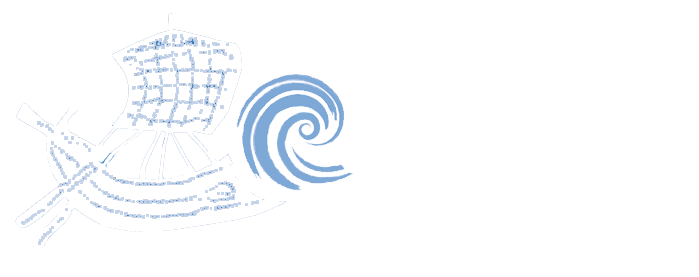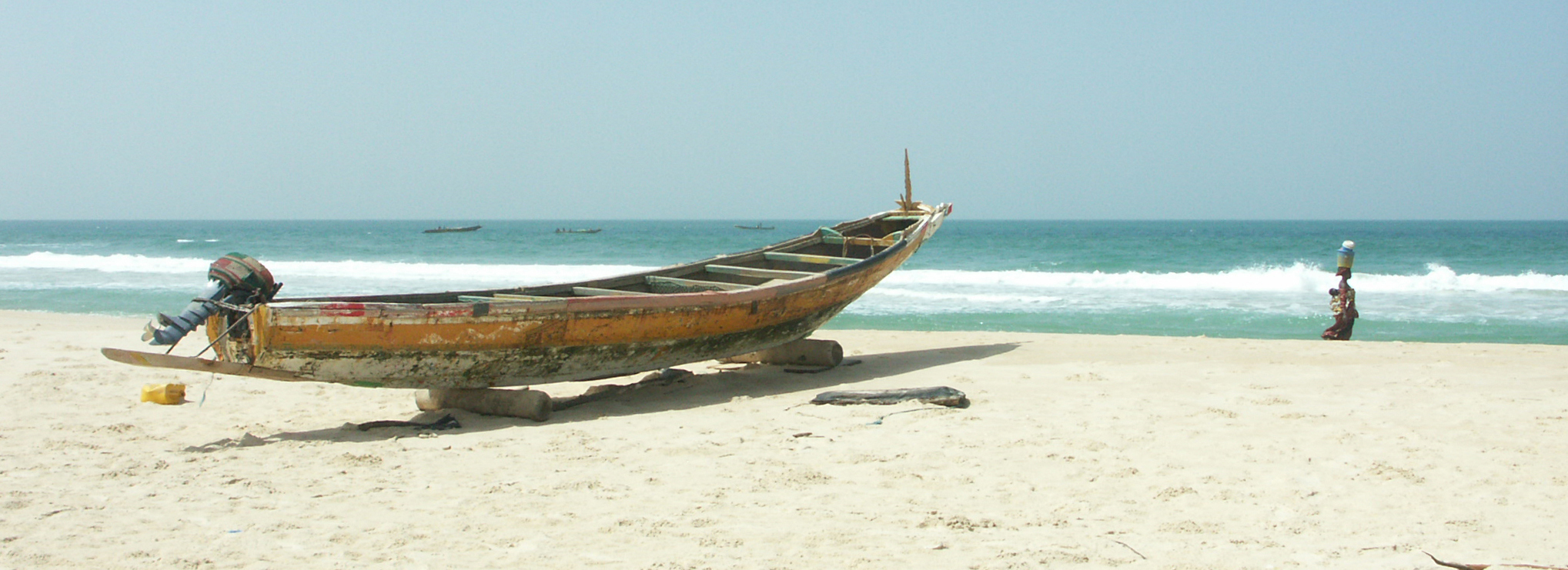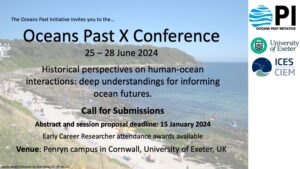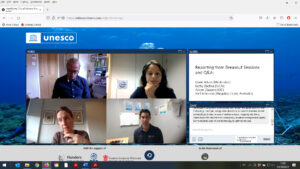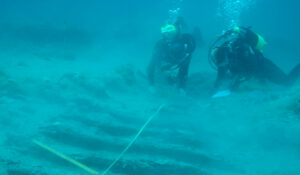Intentionally Transformational: A Conversation on Inclusion in the UN Decade of Ocean Science at the Society for Historical Archaeology’s Conference, 2021
By David Ball, Amanda M. Evans, Athena Trakadas & Antony Firth (organisers), on behalf of the panel
At the Society for Historical Archaeology’s Virtual Annual Meeting January 6-9, 2021, a panel discussion, Intentionally Transformational: Supporting the UN Decade of Ocean Science for Sustainable Development through a Conversation on Inclusion, was held. The overall aim was to bring together a panel of cultural heritage (CH) practitioners to further advance ideas that support the seven UN Decade of Ocean Science for Sustainable Development (Decade) Societal Outcomes. In this context, the panel specifically sought to address issues on inclusion of Black, Indigenous and people of color (BIPOC) and other under-represented communities in a global perspective of ocean sciences.
The point of departure for the panel was the recently published (August 2020) Decade Implementation Plan (DIP) v 2.0. The mission of the Decade is:
“Transformative ocean science solutions for sustainable development, connecting
people and our ocean.” (p. 6, DIP);
“The Decade outlines … a framework for transformational action that will build on
existing achievements and deliver action across geographies sectors, disciplines,
and generations.” (p. ii, DIP).
How do we, as practicing maritime archaeologists and heritage managers, transform the Decade into something practical? How will marine archaeology and cultural heritage management be transformative? What will it look like in ten years?
The panelists were Valerie J. Grussing (National Association of Tribal Historic Preservation Officers), Amy E. Gusick (Natural History Museum Los Angeles County), Jennifer F. McKinnon (East Carolina University), Irina T. Sorset (Marine Archaeologist, RPA), Hans K. Van Tilburg (NOAA Office of National Marine Sanctuaries). Organizers were David Ball (Bureau of Ocean Energy Management), Amanda M. Evans (Gray & Pape, Inc.), Athena Trakadas and Antony Firth (both Ocean Decade Heritage Network).
Below are edited excerpts of three questions from the panel discussion. (For a more encompassing report on the discussion, please see the Advisory Council on Underwater Archaeology’s (ACUA) website.)
In wanting to transform the field of underwater archaeology to achieve greater diversity, equity, and inclusion and support a Decade that stimulates change, how will archaeology done within the Decade differ from how it is done now?
- Acknowledge that not all previous work was inclusive. Moving forward, honestly call it out when it is not inclusive. We know from experience that diversity makes things better, so we must take every opportunity to encourage intentional inclusion. Find ways to make changes to policies where possible, push administrators/superiors to adopt similar thinking. Being a catalyst is important to encourage change.
- Acknowledge the bias in the questions we ask and understand that people from different backgrounds will ask different questions based on their training and experiences. This will allow us to ask more interesting questions, questions we can’t even think of right now.
- Ensuring a more diverse community of practitioners not only benefits our community, but also their communities.
- Make an effort to provide opportunities to include younger people from Tribal and under-represented communities in underwater and terrestrial archaeology research whenever possible. Targeting grants with funds for proper consultation and capacity building with these communities is important.
- NOAA Office of National Marine Sanctuaries (ONMS) and the Maritime Heritage Program also provide good examples of local/indigenous inclusion, and particularly when establishing marine sanctuaries in the Pacific. Progress has been made since the early days, but there is definitely room for more.
- An example from research on submerged landforms off the US west coast included funding for outreach to Tribal communities and opportunities, Tribal internships and training.
- Anthropology is at the heart of our research. By definition, don’t we have to be inclusive and take diversity into account? We should want to celebrate diversity and people from different backgrounds.
In what ways can we engage/excite people from under-represented communities to participate, and how do we create a more diverse network of practitioners?
- Make appropriate space/opportunities for under-represented communities to present their own histories within the projects we do; provide opportunities within traditional reporting requirements.
- Expand the idea of what a marine archaeologist is/looks like. It is more than just a male diver working on a shipwreck – a lot of people doing maritime archaeology don’t fit this stereotype.
- There are a lot of differently-abled people that may have challenges conducting traditional fieldwork, and still do fantastic work. When we discuss DE&I, make sure that we provide as broad an opportunity as possible.
- Develop personal connections and check in with people occasionally to maintain the relationship.
- It’s important to acknowledge, for example, when working in a near-shore environment, there may be people that have been there for 10,000 years. Don’t just ask, what previous archaeological work has been done in the area, also ask whose space is this in the first place? Also understand that sometimes it is a matter of asking permission to work in that area as well. This is one example of building an element of diversity into the fieldwork of what we do.
What can individuals do in the short term to make changes now?
- Commit to being intentional with your decisions. Pause for a moment and consider if there are better ways. Move the idea of inclusion to the front of our brain. When making decisions about research/funding, sitting in meetings, forming hiring committees, developing policies, personal interactions, etc., keep DE&I at the forefront. The more you do it, the more it becomes a habit.
- Re-assess current policies, are they inclusive, do they include gender-neutral language, do they need to be re-written? For example, the Advisory Council on Underwater Archaeology (ACUA) just re-wrote their policies and procedures to remove outdated and non-inclusive language.
- Be an advocate.
- Model the actions you want others to take.
- Ask superiors to endorse certain initiatives.
- Acknowledge shortfalls and don’t be afraid to ask for help if you are uncertain how to be more inclusive.
- Partner with established organizations within the community you wish to engage.
Additional Resources:
- Decade of Ocean Science for Sustainable Development (DOS)
- IOC Implementation Plan Summary
- Sustainable Development Goals
- Culture 2030 Indicators
- United Nations Declaration on the Rights of Indigenous Peoples (UNDRIP)
- Advisory Council on Underwater Archaeology’s Ocean Decade statement (ACUA)
continuation
